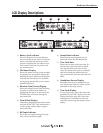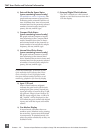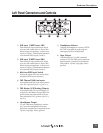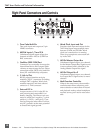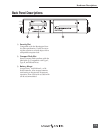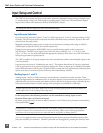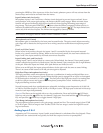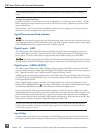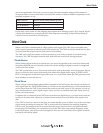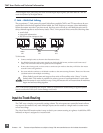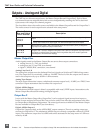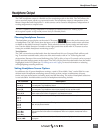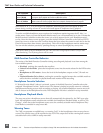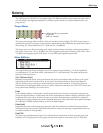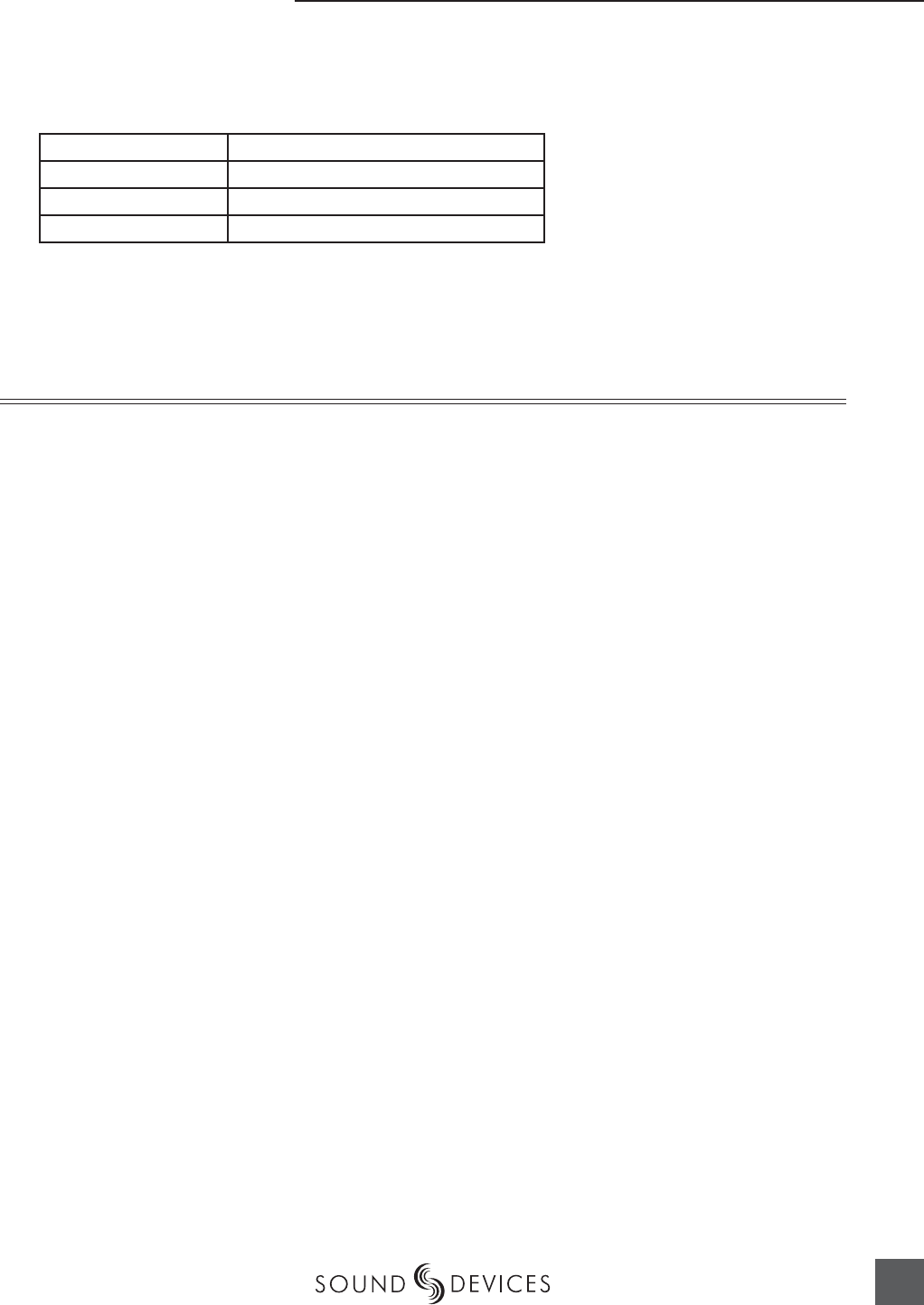
Word Clock
17
arrows are accelerated. The more you press or spin, the faster the delay setting will increment or
decrement. Delay is not set until enter is pressed. The amount of delay available is dependent on the
sampling frequency in use.
Sample Frequency Maximum Amount of Delay Available (per input)
32, 44.1, 48, 48.048 kHz 30,000 µS
88.2, 96, 96.096 kHz 15,000 µS
176.4, 192 kHz 7,500 µS
Input delay can be useful for time aligning input signals from differing sources. For example, digital
wireless mics that have a processing delay in their outputs or recording a direct PA board feed as
well as a live mic in the front of house space.
Word Clock
Stable word clock is fundamental to a high quality audio signal. The 744T uses a rock-stable time
code crystal to generate its internal word clock frequencies. The 744T can clock external devices from
its word clock and accept external clock sources for recording.
The 744T can be used as a master word clock source or it can lock to external word clock during
recording. The 744T disregards external clock, both AES and word clock, during playback.
Clock Master
When sending digital audio to several devices, one unit is designated as the word clock master and
the others should be slaves. Generally, the device with the analog-to-digital converter is designated
as the word clock master.
The 744T can function as an A/D converter and can be used as the master word clock source. Slaved
devices will derive their word clock timing from either their digital audio inputs, S/PDIF or AES/
EBU, or through their word clock input connection. As a word clock master the 744T generates word
clock whether or not audio is sent.
Clock Slave
When using an external digital preamplifi er connected to the 744T inputs, the recorder can derive its
clock signal from the AES (S/PDIF) stream (it will slave to the external device), or the external device
can be slaved from the 744T (if the external device has word clock input). If, for example, you are us-
ing a wireless receiver with a digital output, it may not have an external word clock input, and will
be the word clock master.
If digital audio is connected to the 744T from more than one digital device, you must word clock the
sources to the same clock, otherwise variations between the sources will render their signals unus-
able.
If the 744T is slaved to external word clock, be certain that the source is stable. Loss of the word clock
signal during recording can cause the 744T to revert back to its internally set sampling frequency.
If this occurs, the portion of the fi le recorded after the loss of word clock may not play back at the
proper speed. For reliability, we recommend you set the 744T to the same sample frequency as the
word clock source. Loss of the word clock signal in this case will most likely cause a glitch in the fi le,
but the fi le will still be usable.



